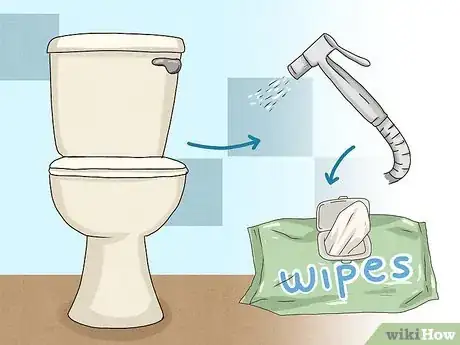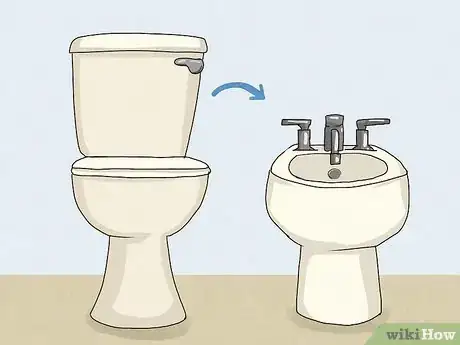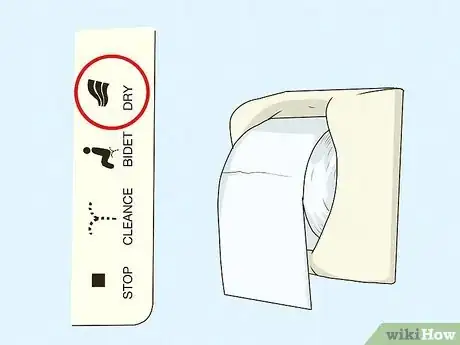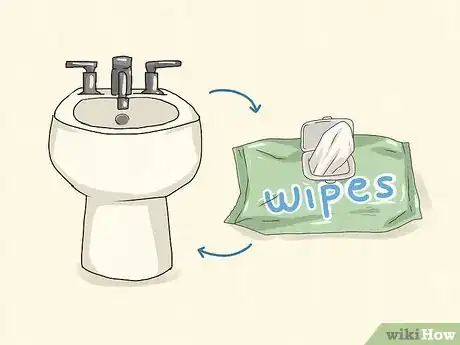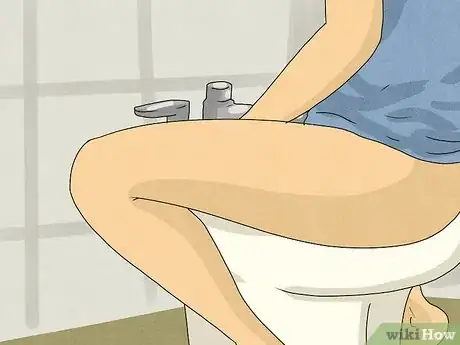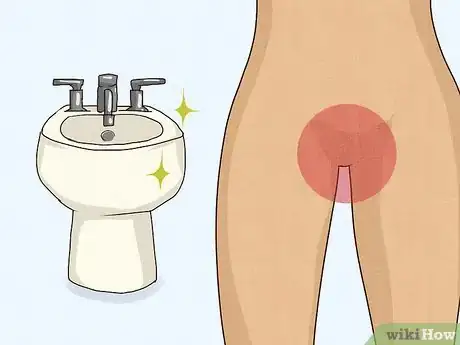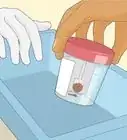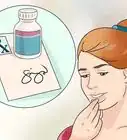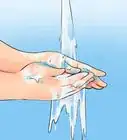This article was co-authored by Rebecca Levy-Gantt, MPT, DO and by wikiHow staff writer, Jessica Gibson. Dr. Rebecca Levy-Gantt is a board certified Obstetrician and Gynecologist running a private practice based in Napa, California. Dr. Levy-Gantt specializes in menopause, peri-menopause and hormonal management, including bio-Identical and compounded hormone treatments and alternative treatments. She is also a Nationally Certified Menopause Practitioner and is on the national listing of physicians who specialize in menopausal management. She received a Masters of Physical Therapy from Boston University and a Doctor of Osteopathic Medicine (DO) from the New York College of Osteopathic Medicine.
This article has been viewed 39,118 times.
To the unfamiliar, bidets can seem mysterious. This is probably because people are hesitant to talk about using them, but don't worry! We've answered your most pressing questions and addressed your concerns about hygiene, so you can confidently use a bidet at your next encounter.
Steps
When do you use a bidet?
-
Use a bidet after you poop, but before you wipe. Sure, you can wipe first, but most people who use a bidet find it easier and cleaner to just use the bidet. This is because the water pressure will adequately clean your bottom without the need for toilet paper.
- Some people like to wipe with toilet paper after using a bidet, but it's a matter of personal preference. The bidet should do a good job at cleaning your bottom, so toilet paper isn't necessary.
How do you properly use a bidet?
-
Use the toilet before you get on the freestanding bidet. A freestanding bidet is next to the toilet and looks very similar, but it doesn't have a handle for flushing. It does have a faucet that you need to turn on so water flows out. Sit on the bidet with your legs over the sides and sit up straight so the water hits your bottom. You can use just the water pressure or wipe with your hands, too.[1] X Research source
- If you're using a built-in bidet or an attachment seat, you can stay on the toilet—just press the bidet spray button and a wand will extend in the toilet to release a spray of water up toward your bottom.
- Sometimes, you'll see a handheld bidet, which looks like a sprayer or nozzle attached to the toilet. To use it, sit on the toilet with your legs spread wide apart and hold the sprayer nozzle near your bottom. Then, turn it on and direct the water at your bottom.
Can a bidet dry your bottom?
-
Yes—some bidets have an automatic drying feature. If you're using a built-in bidet, you can usually press a button to select the blow dryer. Once your bottom's dry, you're good to go! Not using a built-in bidet? No problem. You can wipe with toilet paper or a small cloth that's hanging next to the bidet. Toss the cloth into a dirty clothes hamper when you're done.[2] X Research source
- If you use toilet paper, don't throw it into the freestanding bidet since it doesn't have a flushing feature.
Does a bidet replace wiping?
-
Yes, it can! If the bidet has good pressure, it will clean your bottom so there's no need to wipe. However, if the bidet has low water pressure, and you don't think it's doing a great job, it's totally fine to wipe, too.[3] X Research source
- You might find that you just need to use the bidet longer to really clean your bottom.
Should you use a bidet after peeing?
-
You can if you want to! Most people use bidets after pooping, but it's totally fine to use one after you pee. Some women enjoy using a bidet while they're menstruating since it can really help clean your genital area.
- To really clean your genitals, try stradling the bidet in the opposite direction so you're facing the wall. This directs the flow of water toward your front instead of your rear.
Can a bidet cause an infection?
-
Not usually—bidets are sanitary as long as they're disinfected. Although some studies argued that people who used bidets had higher fecal bacteria levels,[4] X Trustworthy Source PubMed Central Journal archive from the U.S. National Institutes of Health Go to source more recent research shows that people with genital discomfort caused by infection are more likely to use bidets.[5] X Trustworthy Source PubMed Central Journal archive from the U.S. National Institutes of Health Go to source This goes to show that if you're in good health and using clean, disinfected bidets, you're not at a higher risk for infection.
- This is especially true if you're using a bidet at home as opposed to a larger, hospital setting. It's really important that hospitals disinfect bidets between users to prevent cross-infection.[6] X Trustworthy Source PubMed Central Journal archive from the U.S. National Institutes of Health Go to source
You Might Also Like
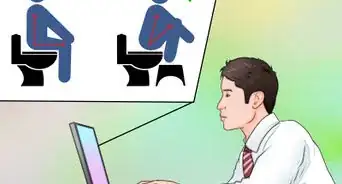
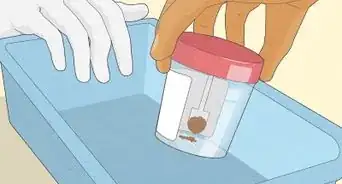 How to Take a Stool Sample with a Stool Collection Kit
How to Take a Stool Sample with a Stool Collection Kit
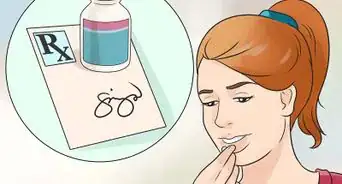
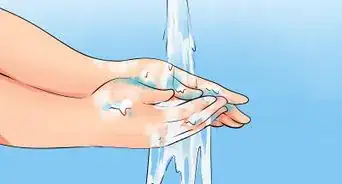

 How to Have Firmer Stool: Diet, Lifestyle and Medical Options
How to Have Firmer Stool: Diet, Lifestyle and Medical Options
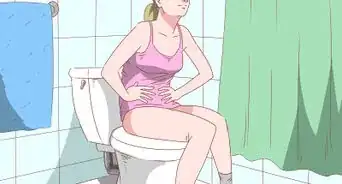
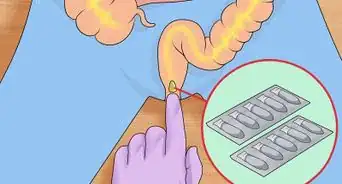
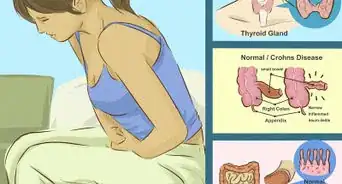
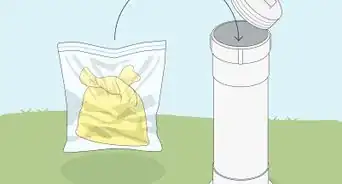
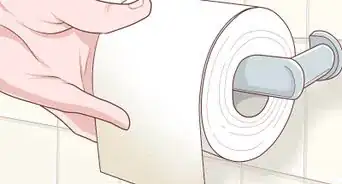
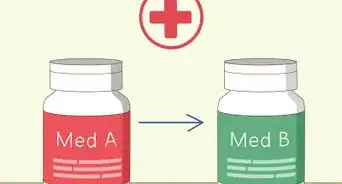

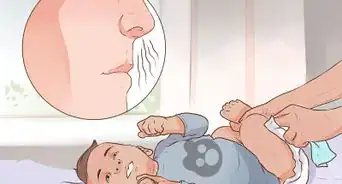
References
- ↑ https://www.businessinsider.com/how-to-use-bidet
- ↑ https://www.nytimes.com/wirecutter/blog/bidets-better-than-toilet-paper/
- ↑ https://yuzumag.com/do-you-need-to-wipe-after-using-a-bidet/
- ↑ https://pubmed.ncbi.nlm.nih.gov/21058441/
- ↑ https://www.ncbi.nlm.nih.gov/pmc/articles/PMC5345955/
- ↑ https://pubmed.ncbi.nlm.nih.gov/28756169/
About This Article

